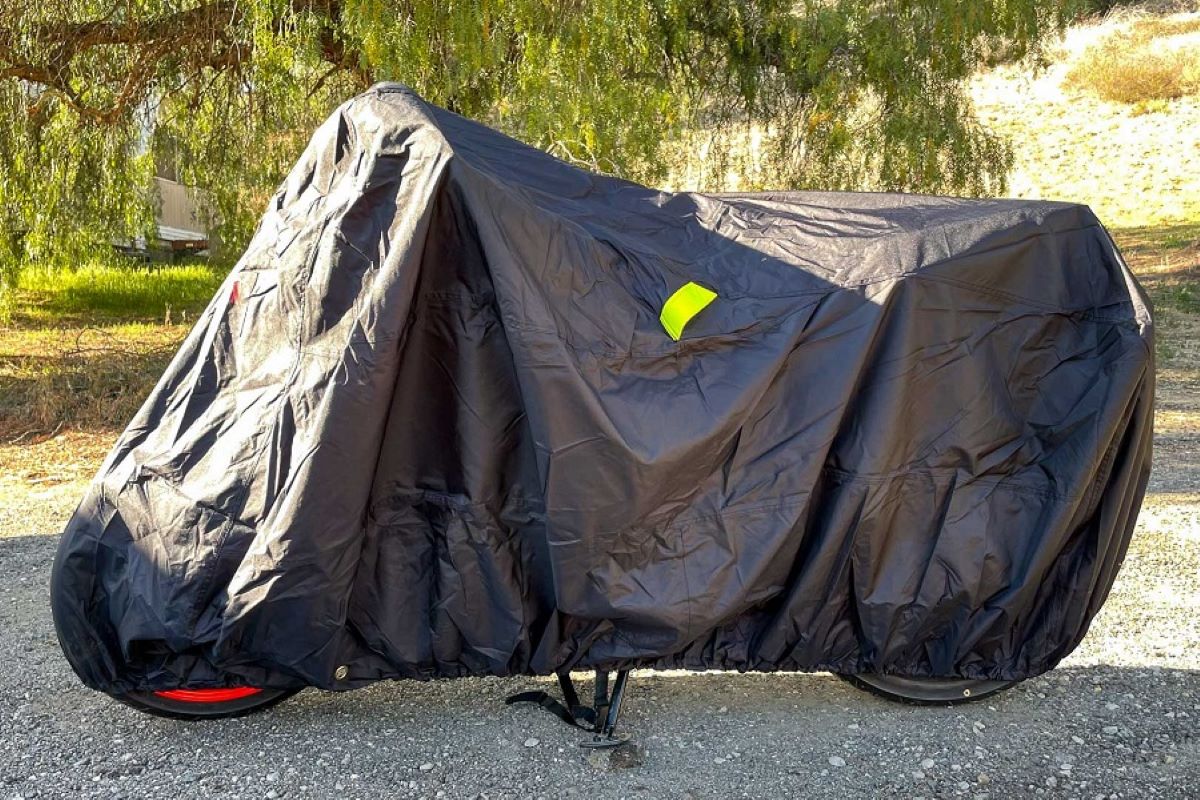

Articles
How To Store A Motorcycle Without A Garage
Modified: August 28, 2024
Discover effective methods for storing a motorcycle without a garage in our comprehensive collection of articles.
(Many of the links in this article redirect to a specific reviewed product. Your purchase of these products through affiliate links helps to generate commission for Storables.com, at no extra cost. Learn more)
Introduction
For motorcycle enthusiasts who don’t have the luxury of a garage, finding a suitable storage solution can be a challenge. Whether it’s due to limited space, living in an apartment, or various other reasons, storing a motorcycle without a garage is a common concern.
However, with some careful planning and proper maintenance, it is possible to store your motorcycle safely and keep it in good condition even without a garage. In this article, we will explore some helpful tips and considerations to store your motorcycle effectively when you don’t have a garage.
By following these guidelines, you can protect your two-wheeled companion from the elements, theft, and other potential issues that may arise when storing your motorcycle outdoors or in a non-traditional storage area.
Key Takeaways:
- Storing a motorcycle without a garage requires finding a secure storage space, investing in a high-quality cover, and conducting thorough maintenance to protect the bike from the elements, pests, and theft.
- For long-term storage, consider insurance coverage, pest control, and environmental factors. Regularly inspect and clean the motorcycle, and follow manufacturer recommendations to ensure it remains in optimal condition.
Read more: How To Store A Motorcycle In A Garage
Find an Adequate Storage Space
The first step in storing a motorcycle without a garage is to find an adequate storage space. While you may not have a traditional garage, there are still options available for storing your bike.
One option is to rent a storage unit. Look for a secure storage facility with climate control if possible. This will help protect your motorcycle from extreme temperatures and humidity, which can cause damage to the bike’s components and finish. Ensure that the storage unit is large enough to accommodate your motorcycle and any additional equipment or accessories you may need to store.
If a storage unit is not available or feasible, consider other alternatives such as renting a covered parking space, utilizing a friend or family member’s garage, or even storing your motorcycle in a shed or carport with added security measures.
When choosing a storage space, prioritize security. Look for areas that have proper lighting, surveillance cameras, and secure access to minimize the risk of theft or vandalism. Additionally, ensure that the storage space is well-ventilated to prevent moisture buildup.
Remember to check with your local regulations and any homeowner’s association rules to ensure that you are in compliance when storing your motorcycle in a shared space or rental property.
Choose the Right Motorcycle Cover
When storing a motorcycle without a garage, protecting it from the elements becomes crucial. One of the best ways to shield your bike from dust, dirt, rain, and UV rays is by investing in a high-quality motorcycle cover.
When selecting a cover, there are a few factors to consider. Firstly, ensure that the cover is specifically designed for motorcycles. Generic covers may not fit properly or provide adequate protection. Look for covers that are made from durable and weather-resistant materials such as polyester or nylon.
Consider the size of your motorcycle and choose a cover that fits snugly. An ill-fitting cover can leave gaps and expose your bike to potential damage. Opt for covers with elastic hems or adjustable straps to secure the cover tightly around the bike.
Look for covers that have ventilation systems to allow for air circulation. This helps prevent moisture buildup and prevents the formation of condensation, which can lead to rust and corrosion.
If you live in an area with high winds, consider getting a cover with built-in tie-downs or grommets that allow you to secure the cover to your motorcycle or the storage space to prevent it from blowing off.
In addition to weather protection, consider covers that have added security features such as locking systems or reinforced grommets that allow you to add a padlock. This adds an extra layer of protection against theft.
Regularly inspect your motorcycle cover for any signs of wear and tear and replace it if necessary. A damaged cover may not provide adequate protection, compromising the well-being of your motorcycle.
Remember, the motorcycle cover is your primary defense against the elements, so invest in a quality cover to keep your bike in optimal condition throughout the storage period.
Prepare Your Motorcycle for Storage
Before you store your motorcycle without a garage, it’s essential to prepare it properly to ensure it remains in good condition during the storage period. Follow these steps to prepare your bike for storage:
1. Clean your motorcycle: Thoroughly wash and dry your bike to remove any dirt, debris, or road grime. Clean the chain, sprockets, and other components using appropriate cleaners. Apply a protective wax or polish to the bodywork to prevent any damage from moisture or dust.
2. Change the fluids: Change the oil and filter, as well as the coolant, brake fluid, and other fluids if necessary. Old or contaminated fluids can deteriorate over time and potentially cause damage to your motorcycle’s engine and other components. It’s best to store your bike with fresh fluids.
3. Fuel considerations: Fill up the fuel tank to prevent condensation from forming inside it. Add a fuel stabilizer to prevent the fuel from deteriorating while in storage. Run the bike for a few minutes to allow the stabilizer to circulate through the system.
4. Remove the battery: If possible, remove the battery from your motorcycle. Store it in a cool, dry place and keep it charged periodically to maintain its health. Leaving the battery connected to the bike could drain it over time.
5. Protect the tires: Inflate the tires to the recommended pressure and use a center stand or a rear paddock stand to remove the weight from the tires. This prevents flat spots and uneven wear. If using a rear paddock stand, consider using a front wheel chock or securing the front wheel to prevent the bike from tipping.
6. Cover the exhaust: Place a clean cloth or a foam plug in the exhaust pipes to prevent insects or small animals from making them their home. This will also help keep moisture out of the exhaust system.
7. Disconnect electrical connections: If storing your motorcycle for an extended period, disconnect the battery cables and other electrical connections to prevent any drain on the battery.
8. Store in a secure place: Once your motorcycle is prepared for storage, place it in your chosen storage space, ensuring it is secure and protected from the elements.
By following these steps, you will ensure that your motorcycle is properly prepared for storage, minimizing the risk of damage and allowing for an easier transition when it’s time to ride again.
Important Considerations for Long-Term Storage
When storing a motorcycle without a garage for a long period, there are a few additional considerations to keep in mind to ensure the bike remains in optimal condition. Take note of the following:
1. Insurance and registration: Review your insurance policy to ensure that your motorcycle is adequately covered during the storage period. Keep the registration up to date to avoid any issues.
2. Pest control: Take measures to prevent pests from nesting in your motorcycle during storage. Place mothballs or dryer sheets in and around the bike to deter rodents and other small animals. Consider using rodent repellant sprays or traps in the storage area as an extra precaution.
3. Environmental considerations: If storing your motorcycle outside, consider using a waterproof tarp underneath the bike to protect it from moisture that may seep from the ground. Elevating the motorcycle on wooden blocks or pallets can also help prevent damage from rainwater or snow accumulation.
4. Security measures: Install additional security measures such as a heavy-duty chain or lock to deter theft attempts. You can also use motorcycle alarms or GPS tracking devices to add an extra layer of security and peace of mind.
5. Start the engine periodically: If possible, start the engine every few weeks and let it run for a few minutes. This helps circulate oil and prevents seals from drying out. However, avoid idling the engine for extended periods as this can cause overheating or other issues.
6. Conduct regular maintenance checks: Even in storage, your motorcycle may require some maintenance. Check the tire pressure, oil levels, and overall condition periodically. Look for any signs of damage, leaks, or corrosion that need immediate attention.
7. Keep records: Maintain a record of any maintenance or repairs performed during storage. This will help you keep track of the bike’s condition and any necessary maintenance when it’s time to remove it from storage.
8. Stay informed about weather conditions: Monitor the weather forecast regularly, especially during seasons of extreme temperatures or severe weather. Take additional precautions if there are chances of storms, high winds, or other conditions that may impact your motorcycle’s storage.
By considering these factors and taking the necessary steps, you can ensure your motorcycle remains secure, protected, and in excellent condition during long-term storage without a garage.
Consider investing in a quality motorcycle cover to protect your bike from the elements when storing it outside. Look for a cover that is waterproof, breathable, and has a soft inner lining to prevent scratches on the paint.
Read more: How To Store A Motorcycle Outside
Preventative Maintenance Tips
Proper maintenance is essential for keeping your motorcycle in optimal condition, even during storage without a garage. Here are some preventative maintenance tips to follow:
1. Lubrication: Before storing your motorcycle, lubricate the chain, cables, and any other moving parts. This prevents them from drying out and helps maintain their functionality.
2. Anti-corrosion treatment: Apply an anti-corrosion treatment to any exposed metal surfaces to protect them from rust and corrosion. This is especially important if storing your bike in a damp environment or close to coastal areas.
3. Brake maintenance: Before storage, clean the brake calipers and discs. Apply a thin layer of lubricant to the brake discs to prevent them from seizing. Pump the brake lever or pedal to ensure proper functioning.
4. Proper tire care: Inflate the tires to the recommended pressure and periodically check them during storage. Rotate the wheels to avoid flat spots and minimize tire wear. Avoid parking the motorcycle on cold, wet surfaces or direct sunlight, as these conditions can cause tire damage.
5. Battery maintenance: If you cannot remove the battery, keep it charged periodically to prevent it from discharging completely. Invest in a battery tender or maintainer to ensure the battery remains in good condition and ready for use when storage is over.
6. Avoid the handbrake: If your motorcycle has a handbrake, avoid engaging it during storage. The brake pads can stick to the brake discs, causing damage over time. Instead, use a rear paddock stand to support the bike and relieve pressure from the tires.
7. Regularly check fluid levels: Even in storage, it is important to check and top up fluid levels such as oil, coolant, and brake fluid if necessary. This ensures that your motorcycle is ready to ride without any fluid-related issues when you take it out of storage.
8. Store with a full tank: If possible, store your motorcycle with a full tank of fuel. This helps prevent the formation of condensation inside the tank, reducing the risk of corrosion. Add a fuel stabilizer to the tank to keep the fuel fresh.
9. Documentation and warranty: Keep track of your motorcycle’s documentation, including warranty information, service manuals, and receipts for any maintenance performed. This will help you stay organized and ensure you are aware of any scheduled maintenance when the storage period is over.
By following these preventative maintenance tips, you can keep your motorcycle in excellent condition and minimize the chance of any issues during the storage period. When the time comes to ride again, your bike will be ready to hit the road without any major concerns.
Keep the Motorcycle in Optimal Condition
While your motorcycle is in storage without a garage, it’s important to take certain measures to keep it in optimal condition. Here are some tips to help you maintain your bike during the storage period:
1. Temperature control: If possible, store your motorcycle in an area with temperature control. Extreme temperatures can affect the performance of your bike and cause damage to various components. If temperature control is not possible, consider using insulation materials or a reflective cover to regulate the temperature within the storage space.
2. Proper ventilation: Ensure that there is adequate airflow in the storage area to prevent moisture buildup. Good ventilation helps prevent condensation and reduces the risk of rust or corrosion. Keep the storage space well-ventilated by opening windows or using fans (if applicable).
3. Regularly start the engine: If possible, start the engine periodically (every few weeks) and let it run for a few minutes. This helps keep the internal components lubricated and prevents seals from drying out. However, avoid idling the engine for too long, as it can lead to overheating.
4. Maintain proper tire pressure: Monitor the tire pressure regularly and ensure they are inflated to the recommended level. Incorrect tire pressure can lead to flat spots or uneven wear. Inflate the tires if needed and rotate them occasionally to distribute the weight evenly.
5. Prevent moisture buildup: Use desiccant or moisture-absorbing products in the storage area to reduce moisture levels. This helps prevent mold, mildew, and rust formation. Ensure that the storage space is free from leaks or areas where water can accumulate.
6. Protect from sunlight: If storing your motorcycle outdoors, protect it from direct sunlight. Prolonged exposure to UV rays can fade the paint, deteriorate plastic parts, and cause damage to other components. Use a UV-resistant motorcycle cover or park the bike in a shaded area whenever possible.
7. Maintain battery health: If the battery remains in the motorcycle, periodically charge it to prevent it from discharging completely. You can use a battery maintainer or tender to ensure the battery stays in good condition. If the battery is removed, store it in a cool, dry place and keep it charged as recommended by the manufacturer.
8. Inspect for pests: Regularly inspect the storage area and your motorcycle for signs of pests such as rodents or insects. Look for chewed wiring, droppings, or nests. Take appropriate measures, such as using pest repellents or traps, to eliminate or prevent any infestations.
9. Keep it covered: Always cover your motorcycle with a high-quality, breathable and weather-resistant cover. A good cover helps protect against dust, dirt, moisture, and UV rays. Make sure the cover is secured tightly to prevent it from blowing off.
10. Follow manufacturer recommendations: Refer to your motorcycle’s owner’s manual for any specific storage guidelines provided by the manufacturer. They may have additional recommendations or requirements to ensure the bike’s longevity during storage.
By following these tips, you can help keep your motorcycle in optimal condition during storage, allowing for a smooth transition when it’s time to ride again.
Regularly Inspect and Clean the Motorcycle
Regular inspection and cleaning are crucial to maintaining the condition of your motorcycle while it is stored without a garage. Here are some tips to help you keep your bike in excellent shape:
1. Visual inspection: Conduct regular visual inspections of your motorcycle to check for any signs of damage, wear, or corrosion. Look for leaks, loose or damaged parts, and any other issues that may need attention. Catching problems early can prevent them from worsening over time.
2. Electrical components: Inspect the electrical components, including the wiring, battery connections, and switches. Ensure that all connections are secure and free from corrosion. Address any issues promptly to avoid electrical malfunctions when you are ready to ride again.
3. Fluid levels: Check the fluid levels, including engine oil, coolant, brake fluid, and others, on a regular basis. If the levels are low, top them up accordingly. If you notice any unusual discoloration, contamination, or leaks, address them promptly to prevent further damage.
4. Cleanliness: Keep your motorcycle clean even during storage. Dust, dirt, and grime can accumulate and potentially cause damage to the finish and components. Regularly clean the bike using safe and appropriate cleaners and microfiber cloths. Pay attention to areas prone to corrosion, such as the exhaust system, and clean them thoroughly.
5. Chain maintenance: Ensure that the chain is well-lubricated and properly tensioned. Use a chain cleaner to remove any built-up debris, old lubricant, or rust. Apply a high-quality chain lubricant to prevent rust formation and keep the chain functioning smoothly.
6. Brake and clutch systems: Check the brake pads, discs, and brake lines for wear or damage. Clean the brake calipers and ensure they move freely. If necessary, replace worn brake pads or perform any required maintenance on the braking system to ensure optimal performance when you’re back on the road.
7. Suspension and steering components: Inspect the suspension and steering components, including fork seals, shocks, and bearings. Look for any leaks, cracks, or excessive play. Address any issues promptly to maintain proper handling and ride comfort.
8. Exhaust system: Regularly inspect and clean the exhaust system, removing any debris or corrosion. Check for any loose or damaged parts and address them accordingly. Ensure that the exhaust pipes are clear of any obstructions and functioning properly.
9. Air filter: Check and clean or replace the air filter as needed. A clean air filter ensures proper airflow and engine performance. Address any signs of damage or excessive dirt build-up to maintain optimal air filtration.
10. Protect the finishes: Apply wax or paint sealant to protect the paint and other finishes from oxidation and UV damage. This helps maintain the appearance of your motorcycle during storage.
By regularly inspecting and cleaning your motorcycle, you can identify and address any potential issues, keep the bike in top condition, and ensure a smoother transition when it’s time to hit the road again.
Additional Tips for Outdoor Storage
Storing your motorcycle outdoors without a garage presents additional challenges due to exposure to the elements. Here are some extra tips to help you protect your bike during outdoor storage:
1. Choose a suitable location: Select a spot for your motorcycle that is away from direct sunlight, if possible. This helps prevent UV damage to the paint, plastic, and rubber components. Look for a shady area or use a motorcycle cover with UV protection.
2. Elevate the bike: If the storage area is prone to flooding or pooling water, consider placing the motorcycle on a stand or wooden blocks to elevate it slightly. This helps prevent water damage and minimizes the risk of rust formation.
3. Use weather-resistant covers: Invest in a high-quality, weather-resistant motorcycle cover designed to withstand various weather conditions. Look for covers that are UV-resistant, waterproof, and provide protection against wind and dust.
4. Secure the motorcycle: Take extra precautions to secure your motorcycle when storing it outdoors. Use a heavy-duty chain and lock to secure the bike to a fixed object or an anchor point. This deters theft attempts and adds an additional level of security.
5. Maintain proper tire pressure: Check the tire pressure regularly, as fluctuations in temperature can affect it. Properly inflated tires help prevent flat spots and maintain optimal performance when you’re ready to ride again.
6. Battery maintenance: If the battery remains in the motorcycle during outdoor storage, keep it charged, and periodically test its voltage. Consider using a battery maintainer to ensure the battery stays in good condition and avoid any issues when you want to start your motorcycle.
7. Periodically move the bike: If possible, move the motorcycle slightly every few weeks to prevent the tires from developing flat spots. This helps distribute the weight and reduces the risk of tire damage due to prolonged pressure on one area.
8. Check for moisture buildup: Regularly inspect the storage area for moisture or water accumulation. Use absorbent materials or a dehumidifier to control humidity levels and prevent damage caused by excess moisture. Monitor for signs of mold, mildew, or rust and address any issues promptly.
9. Be mindful of local regulations: Check with your local authorities or homeowner’s association to ensure that storing your motorcycle outdoors is permitted. There may be restrictions or guidelines regarding outdoor storage that you need to adhere to.
10. Maintain proper theft deterrents: Install a visible security system such as a disc lock or wheel lock to deter potential thieves. Consider using a motorcycle cover with added security features, such as reinforced grommets for locking the cover in place.
With these additional tips, you can help protect your motorcycle from the outdoor elements and ensure that it remains secure and in good condition during storage.
Read more: How To Store Motorcycle Helmet
Conclusion
Storing a motorcycle without a garage may seem challenging, but with the right strategies and maintenance practices, you can keep your bike in excellent condition and ready for the road when the time comes. By following the tips outlined in this article, you can ensure that your motorcycle remains protected from the elements, pests, and theft.
Find an adequate storage space that is secure and well-ventilated. Choose a high-quality motorcycle cover that fits well and provides protection from dust, dirt, rain, and UV rays. Prepare your motorcycle for storage by cleaning it thoroughly, changing fluids, and taking care of the tires, battery, and other components.
For long-term storage, consider important factors such as insurance coverage, pest control measures, and environmental considerations. Conduct regular preventative maintenance, including lubrication, anti-corrosion treatment, and proper tire care. Regularly inspect and clean your motorcycle, paying attention to electrical components, fluids, and finishes.
If storing your motorcycle outdoors, take additional measures to protect it from sunlight, elevate it from the ground, and secure it with heavy-duty locks or chains. Monitor tire pressure, the battery’s health, and any moisture buildup in the storage area. Adhere to local regulations and guidelines for outdoor storage, and maintain visible theft deterrents.
By following these comprehensive tips and considerations, you can store your motorcycle without a garage with confidence, knowing that your prized possession is safeguarded and well-maintained during the storage period. When you’re ready to hit the road again, your motorcycle will be ready to provide you with the exhilaration and freedom you love.
Frequently Asked Questions about How To Store A Motorcycle Without A Garage
Was this page helpful?
At Storables.com, we guarantee accurate and reliable information. Our content, validated by Expert Board Contributors, is crafted following stringent Editorial Policies. We're committed to providing you with well-researched, expert-backed insights for all your informational needs.
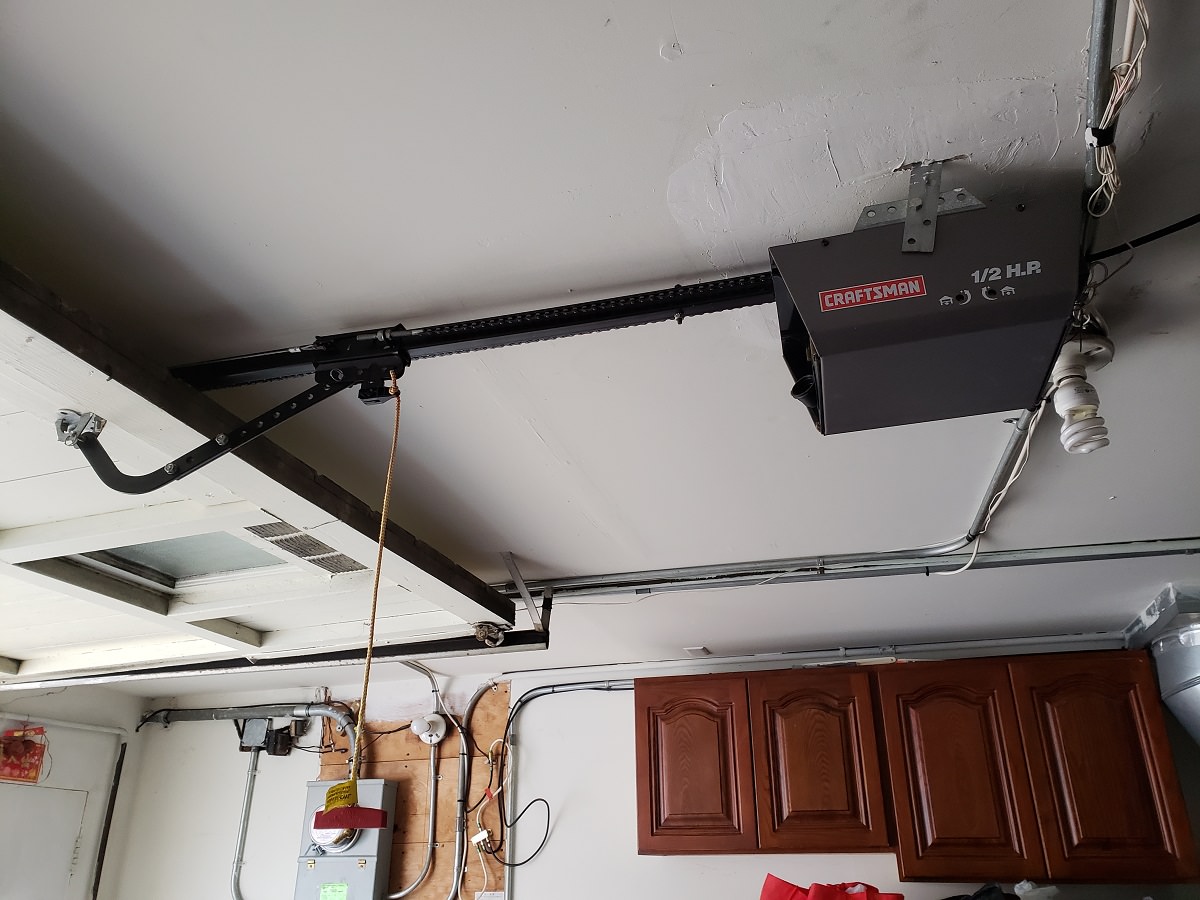
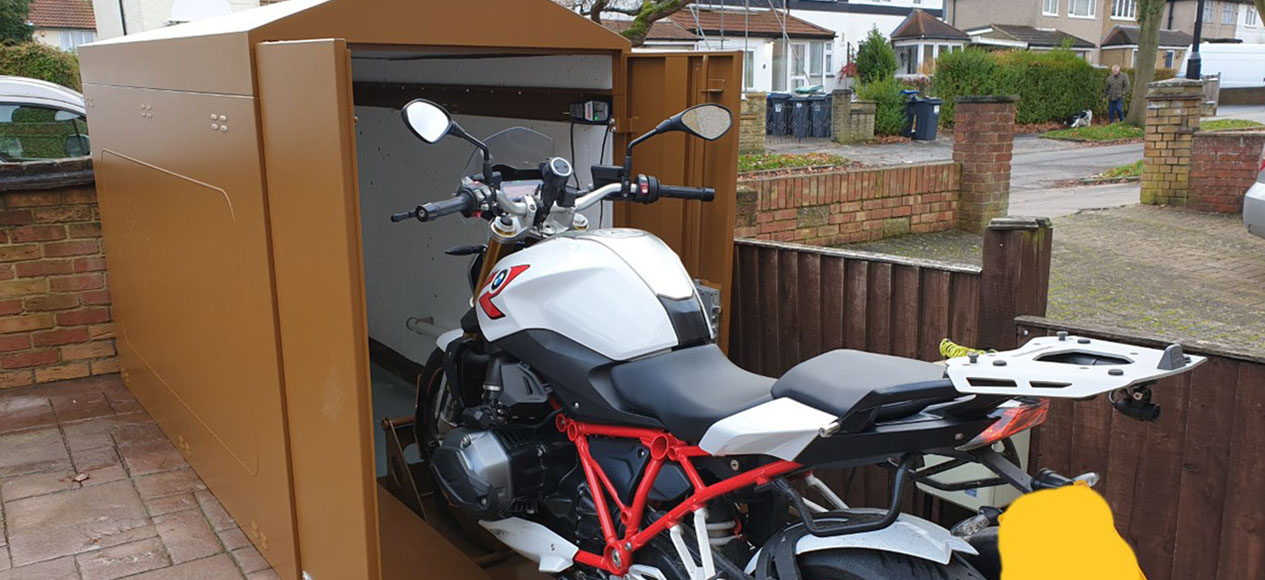
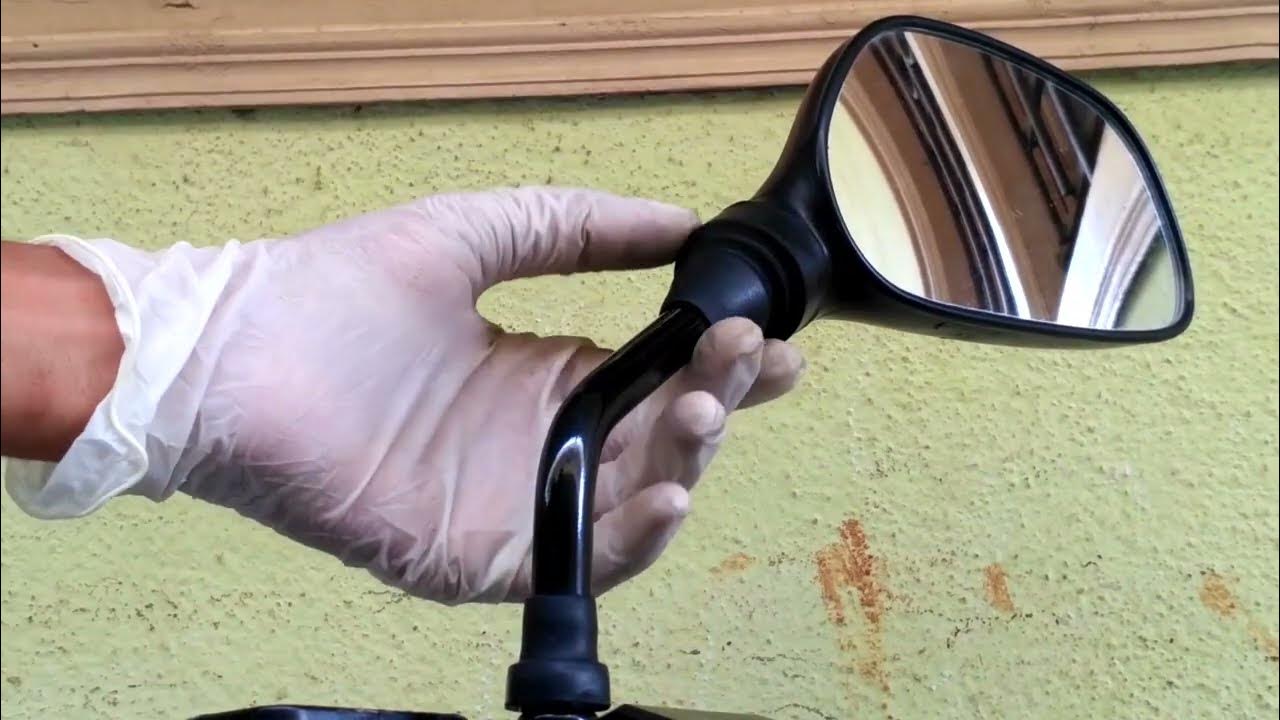
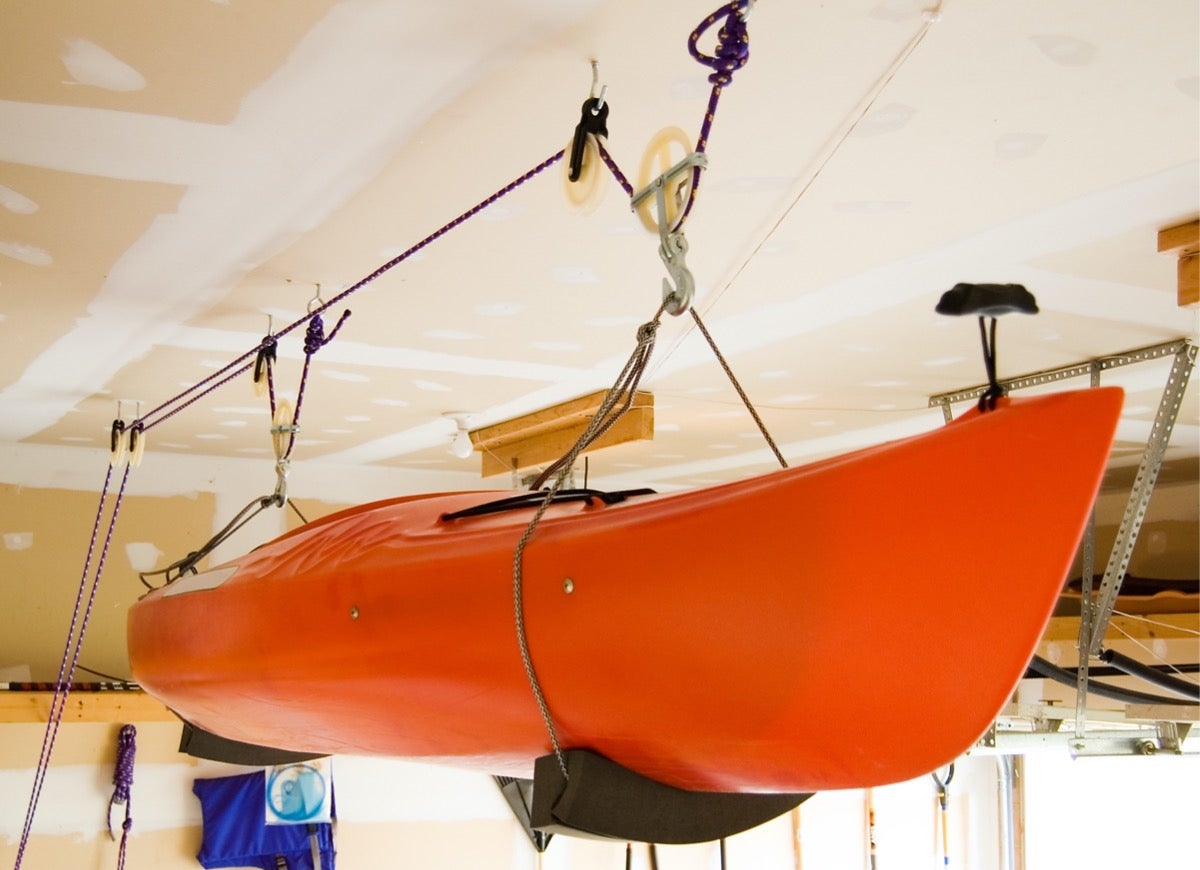
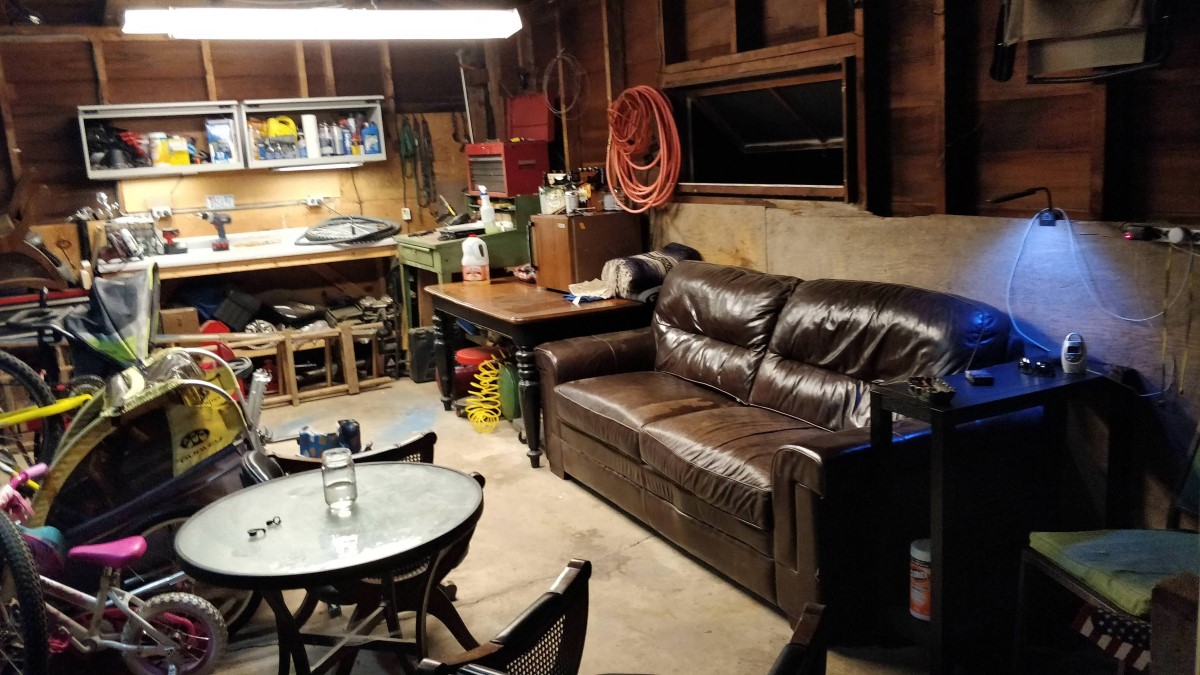
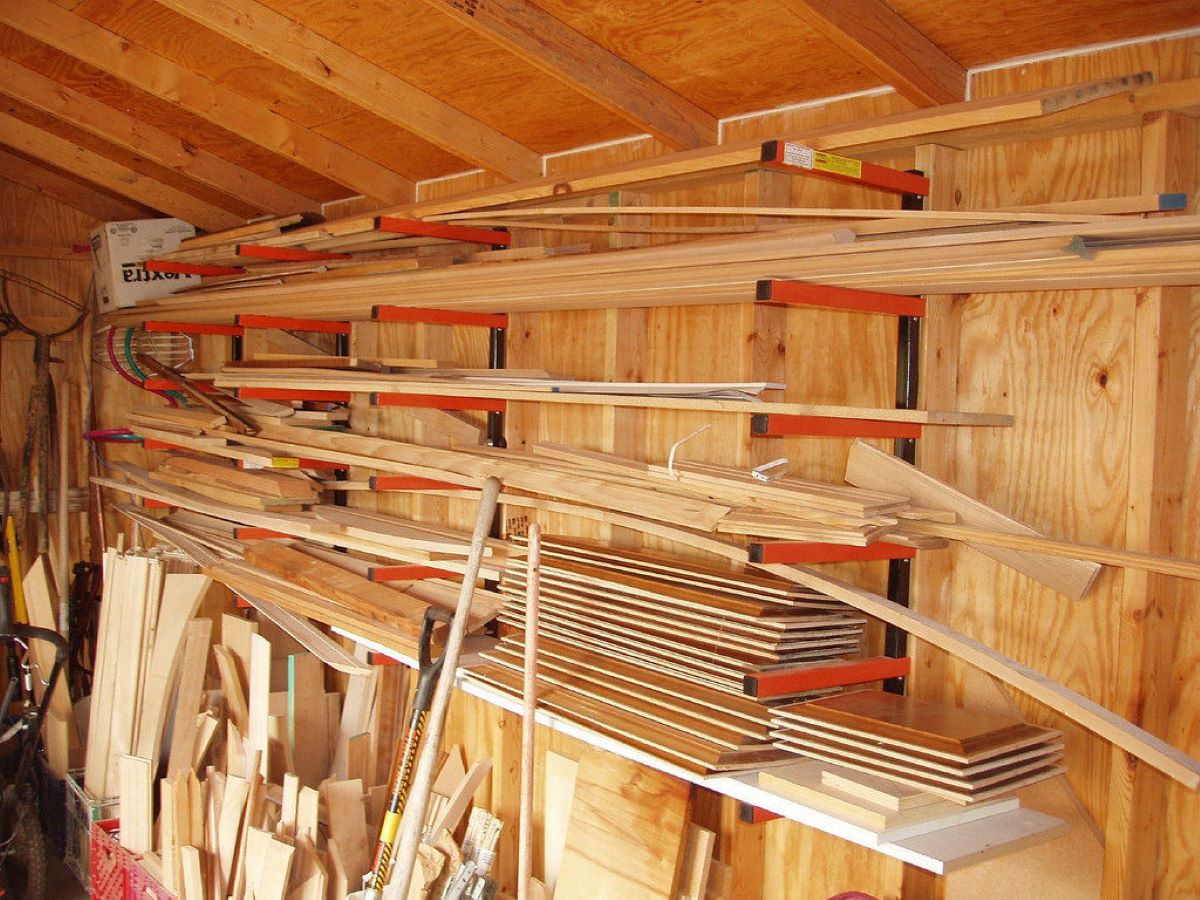
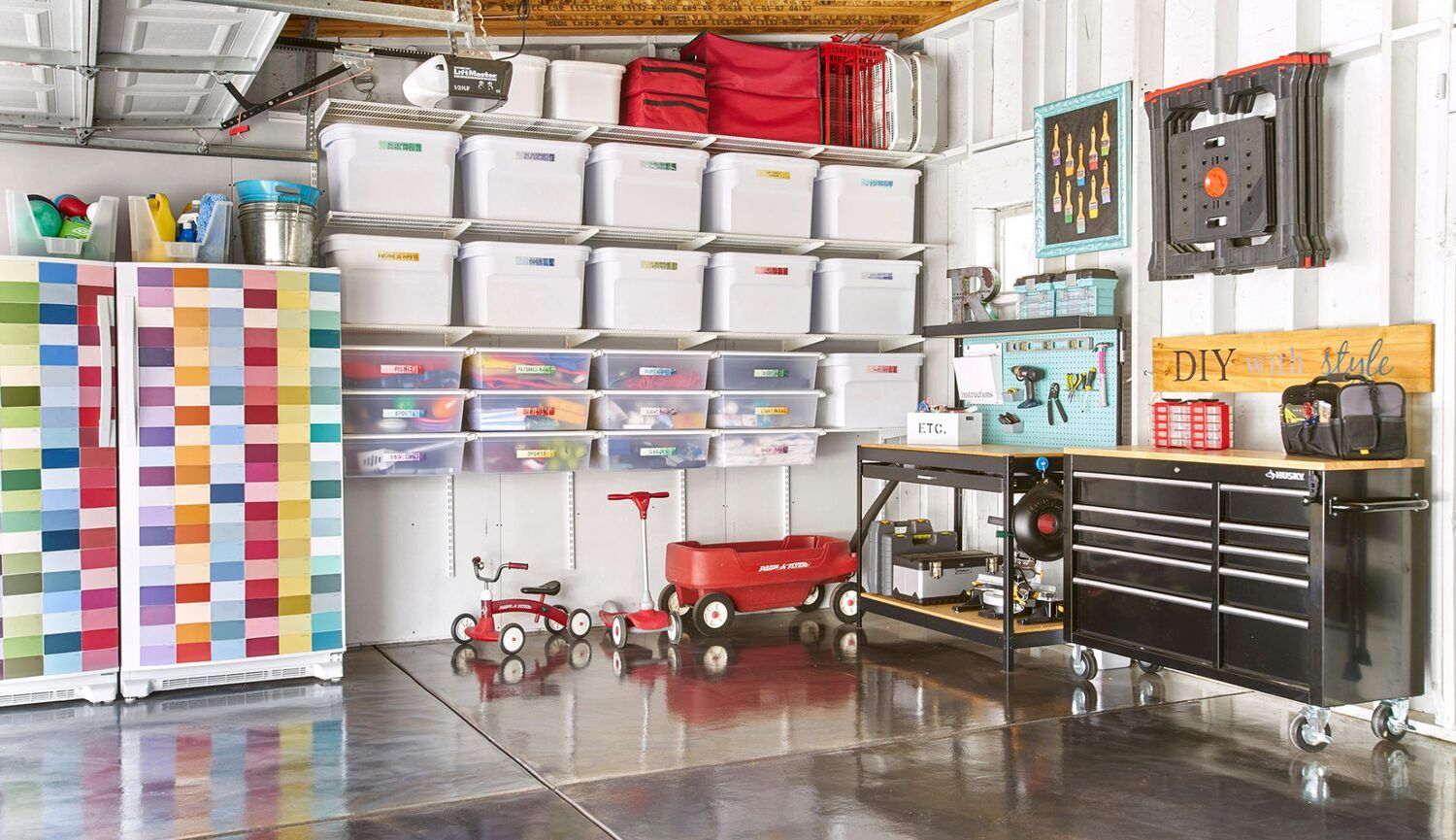
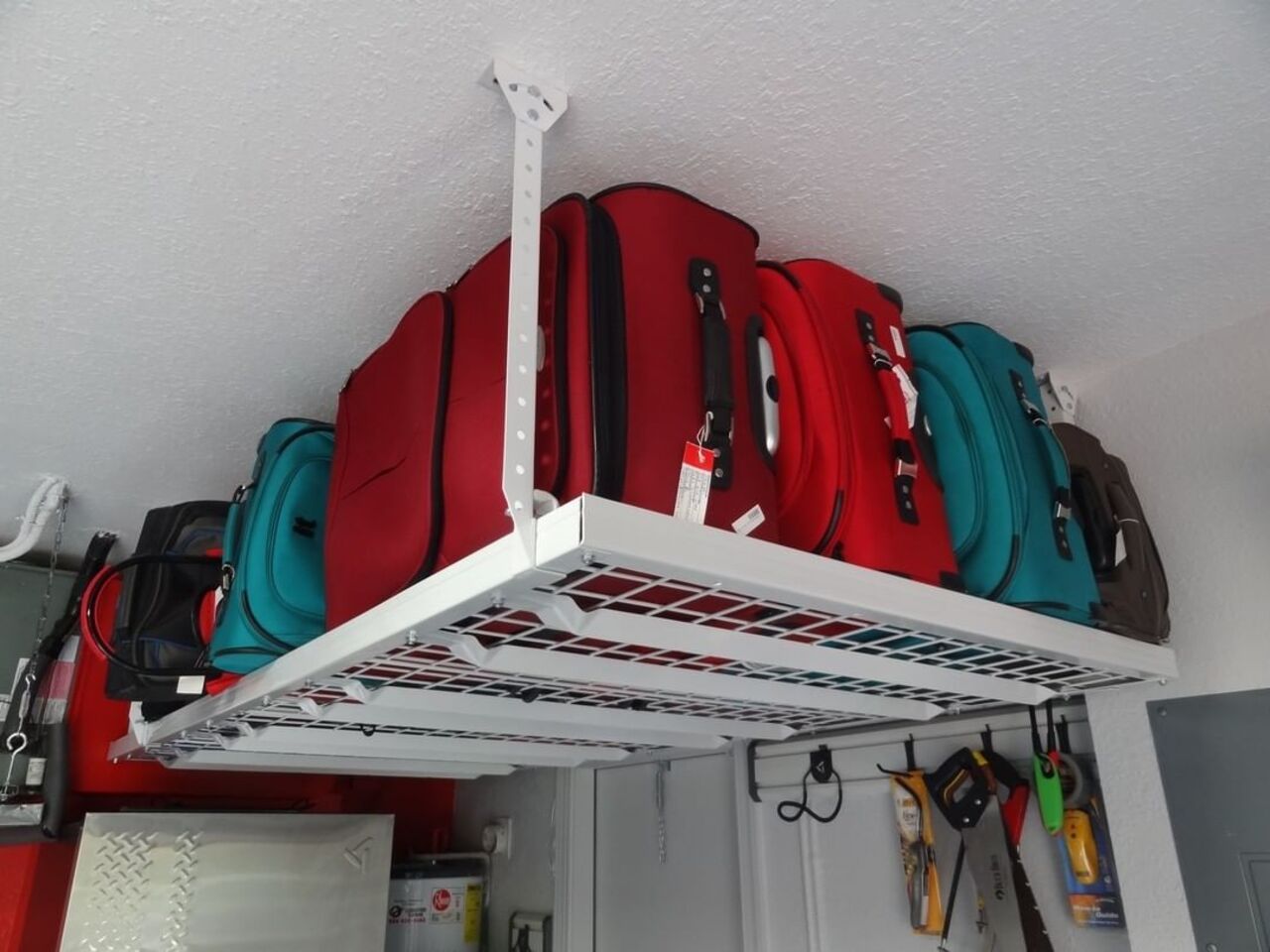
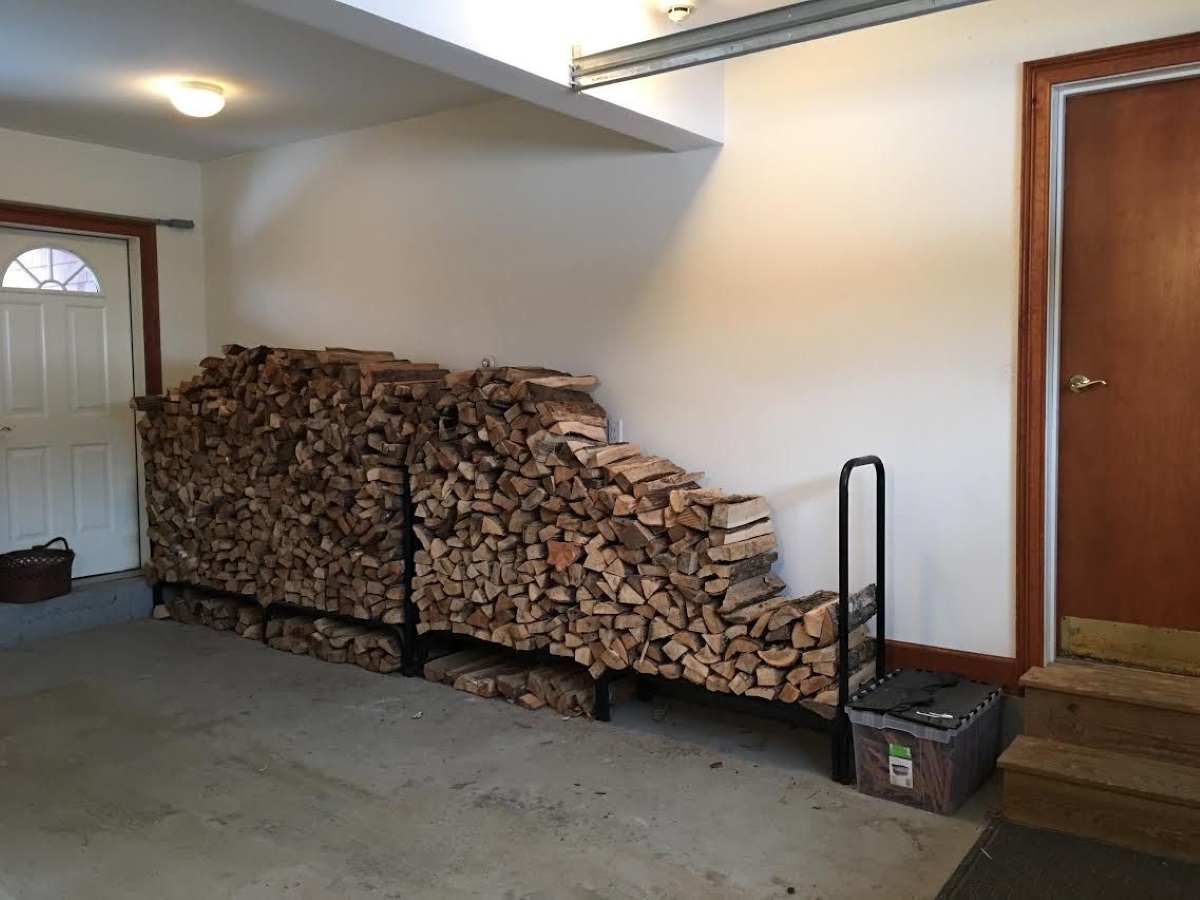

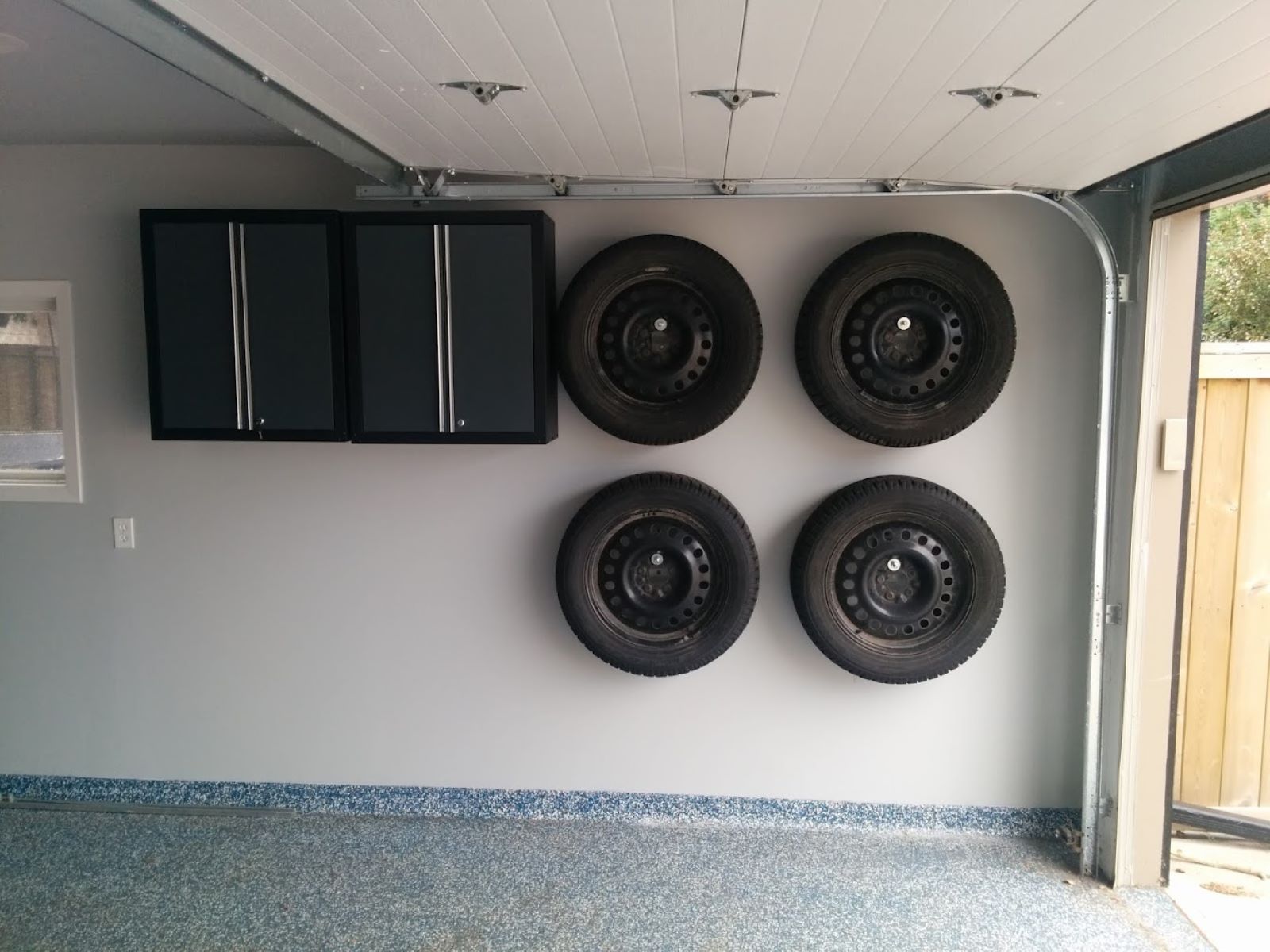
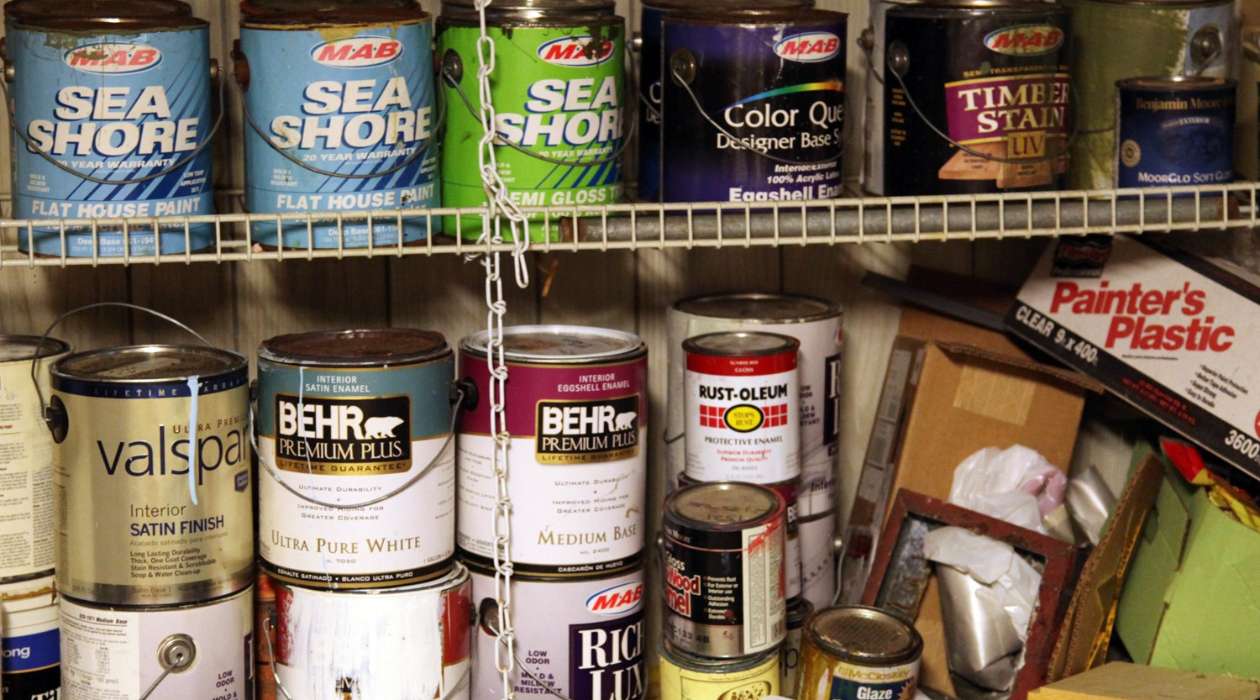
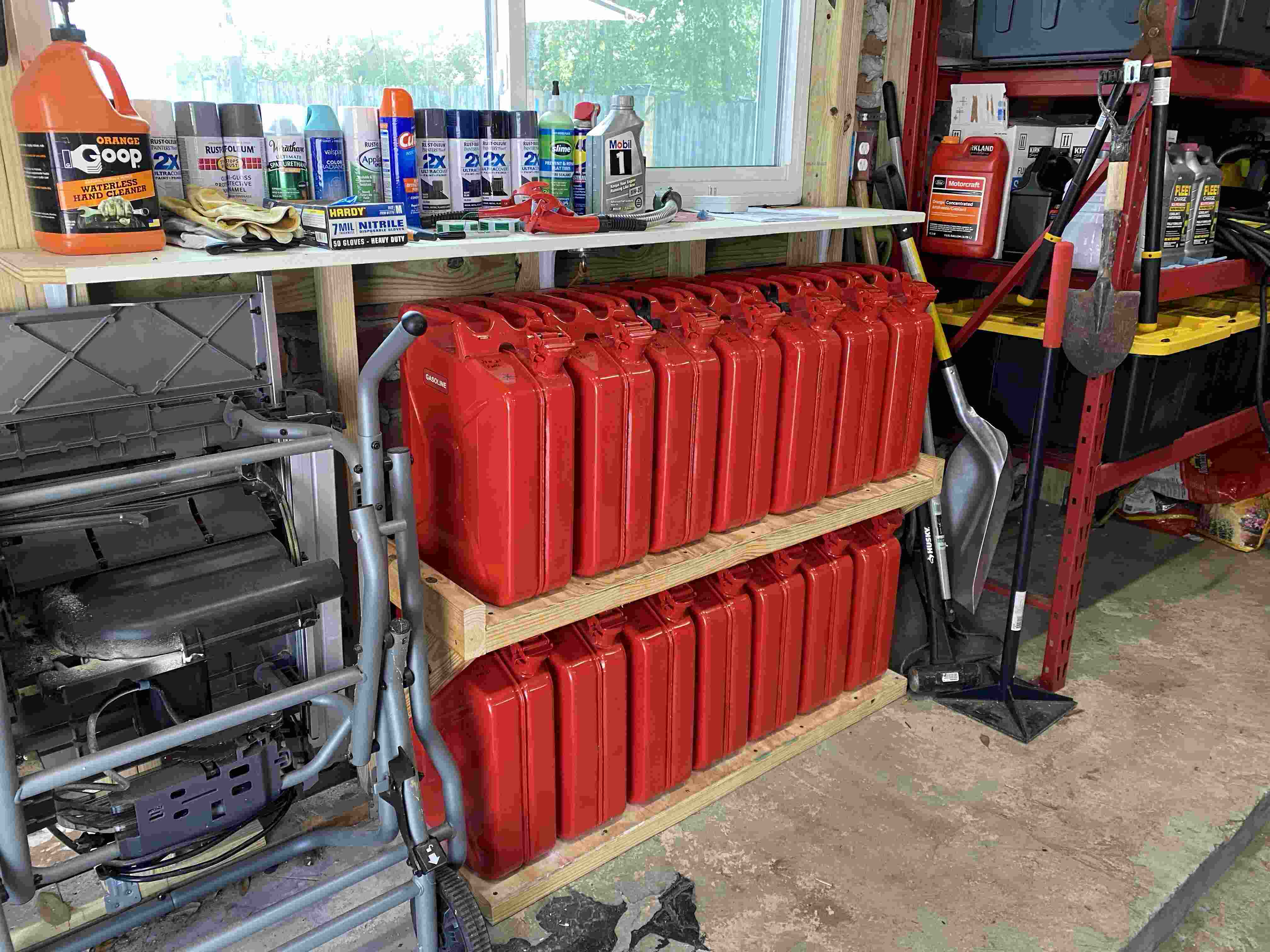

0 thoughts on “How To Store A Motorcycle Without A Garage”